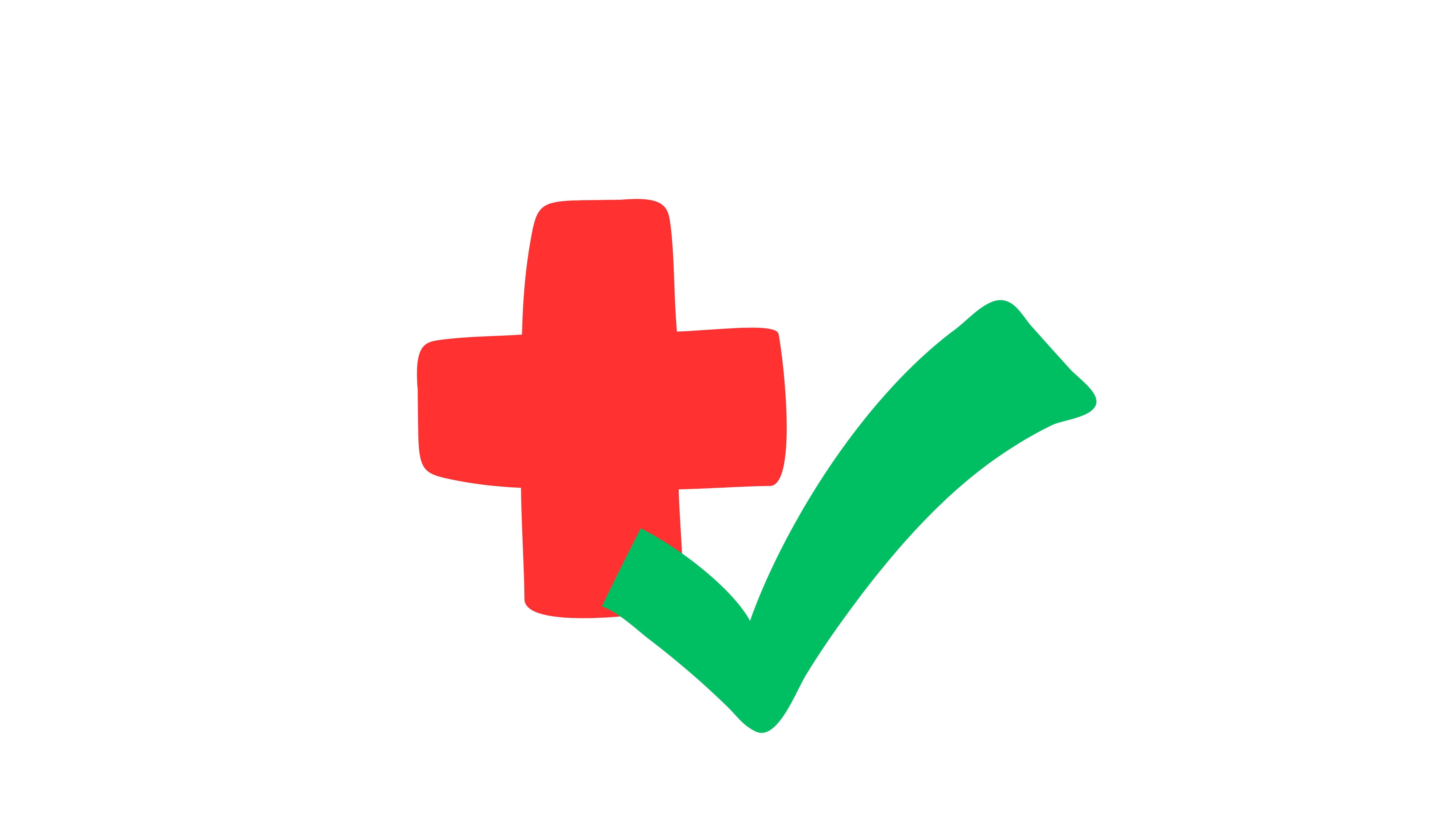WHAT IS X-RAY?
An X-ray is a non-invasive medical imaging test that uses low-level radiation to produce images of internal structures of the body, such as bones, lungs, and organs. It helps doctors diagnose and monitor various medical conditions, including:
1. Bone fractures or dislocations
2. Lung diseases, like pneumonia or cancer
3. Foreign objects in the body
4. Digestive tract issues
5. Cancer
During an X-ray, you'll be asked to lie or stand still while a machine emits X-ray beams through your body. The beams are absorbed by different tissues, creating a contrast that allows doctors to see internal structures.
X-rays are commonly used in medical fields like orthopedics, pulmonology, gastroenterology, and oncology.
How X-rays work:
1. High-energy radiation: X-rays are produced by accelerating electrons to high speeds, which generates high-energy radiation.
2. Penetration: X-rays penetrate soft tissues but are absorbed or blocked by denser materials like bones, tumors, or foreign objects.
3. Image formation: The X-rays that pass through the body are detected by a digital sensor or film, creating an image.
Uses of X-rays:
1. Diagnostic imaging: X-rays help diagnose various medical conditions, such as bone fractures, lung diseases, and foreign objects in the body.
2. Cancer detection: X-rays can detect tumors and guide biopsies.
3. Dental imaging: X-rays help diagnose dental problems, such as cavities and abscesses.
Types of X-ray imaging:
1. Chest X-ray: Examines the lungs and heart.
2. Bone X-ray: Evaluates bone health and detects fractures.
3. Mammography: Specialized X-ray imaging for breast cancer screening.
4. Computed Tomography (CT) scans: Combines X-rays and computer technology to produce detailed cross-sectional images.
Safety considerations:
1. Radiation exposure: X-rays involve low-level radiation exposure.
2. Pregnancy and breastfeeding: Women should inform their doctor if they are pregnant or breastfeeding.
3. Allergic reactions: Rarely, some people may be allergic to the contrast agents used in X-ray imaging.
X-rays are a valuable diagnostic tool, helping healthcare professionals diagnose and treat various medical conditions.
PRECAUTIONS
-
✔️Avoid the primary X-ray beam.
-
✔️Wear protective equipment (e.g., lead aprons and thyroid collar, leaded goggles, leaded gloves).
-
✔️Use shielding (e.g., mobile shields, lead curtains), when possible.
-
✔️Be aware of the position of the beam.
-
✔️Know how to position themselves and the machine for the minimum dose.
WHAT OUR PATIENT SAYS









